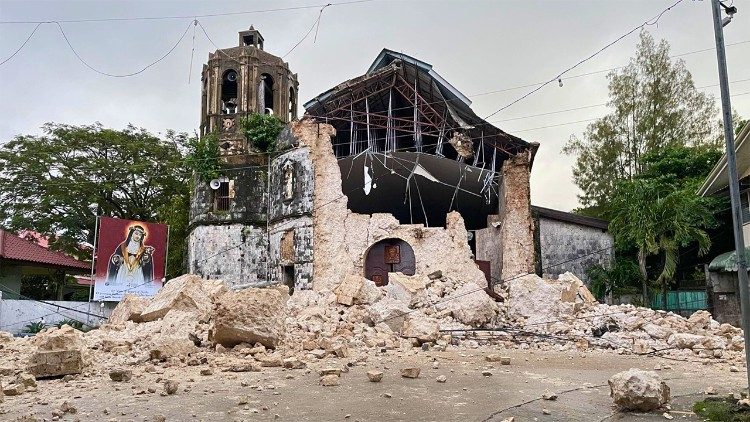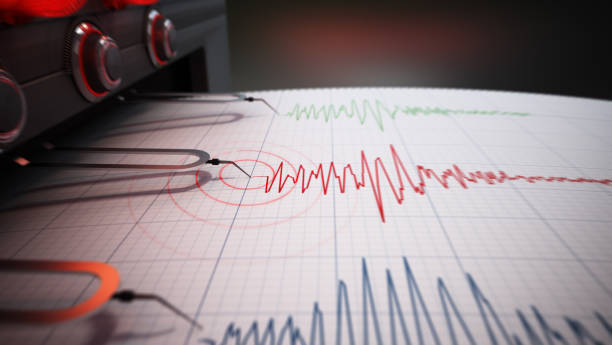The Philippine Institute of Volcanology and Seismology (PHIVOLCS) has reported that more than 9,000 aftershocks have been recorded across Cebu following the magnitude 6.9 earthquake that struck the province on September 30.
As of 10 a.m. on Wednesday, PHIVOLCS logged a total of 9,108 aftershocks, of which around 1,666 were strong enough to be detected by instruments, while 38 were actually felt by residents. The magnitudes of these aftershocks ranged from 1.0 to 5.1, the agency said.


PHIVOLCS Director Dr. Teresito Bacolcol noted that as early as 6 a.m., their instruments had already recorded 9,037 aftershocks, with the strongest—a magnitude 5.1 tremor—occurring on October 3. By mid-morning, the number had climbed slightly as monitoring continued.
Despite the large number, Bacolcol assured the public that aftershocks are a normal geological process following a major earthquake. He emphasized that their frequency has been gradually decreasing, a sign that the earth’s crust is slowly stabilizing.

However, he cautioned residents to remain vigilant. “If there are visible cracks or structural damage in their homes, they should not enter until these have been inspected by city or municipal engineers,” he advised. Bacolcol explained that even partially damaged structures could still collapse if hit by another strong aftershock.
The National Disaster Risk Reduction and Management Council (NDRRMC) has so far reported 72 fatalities linked to the quake, along with dozens of injuries and significant damage to infrastructure across Cebu and nearby provinces.
PHIVOLCS continues to monitor the situation closely and urges the public to stay alert for updates as aftershocks may still be felt in the coming days, though at diminishing intensity.







